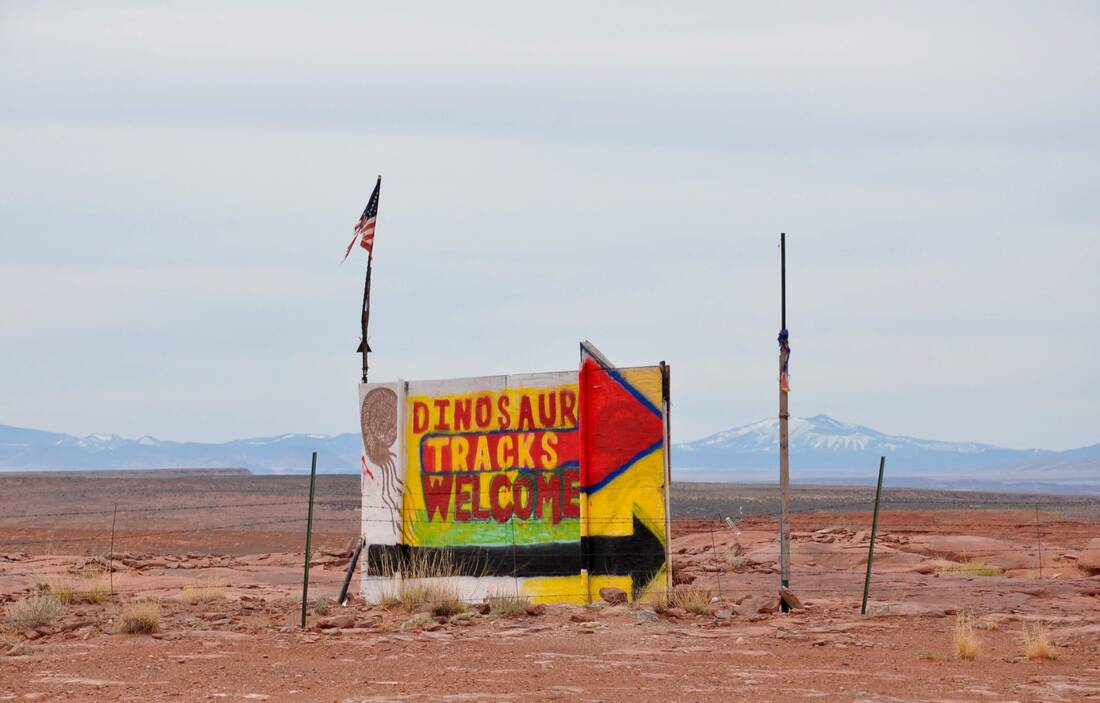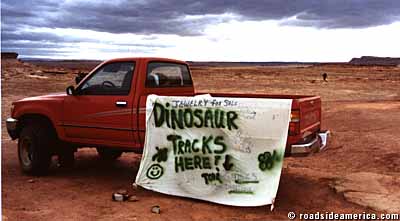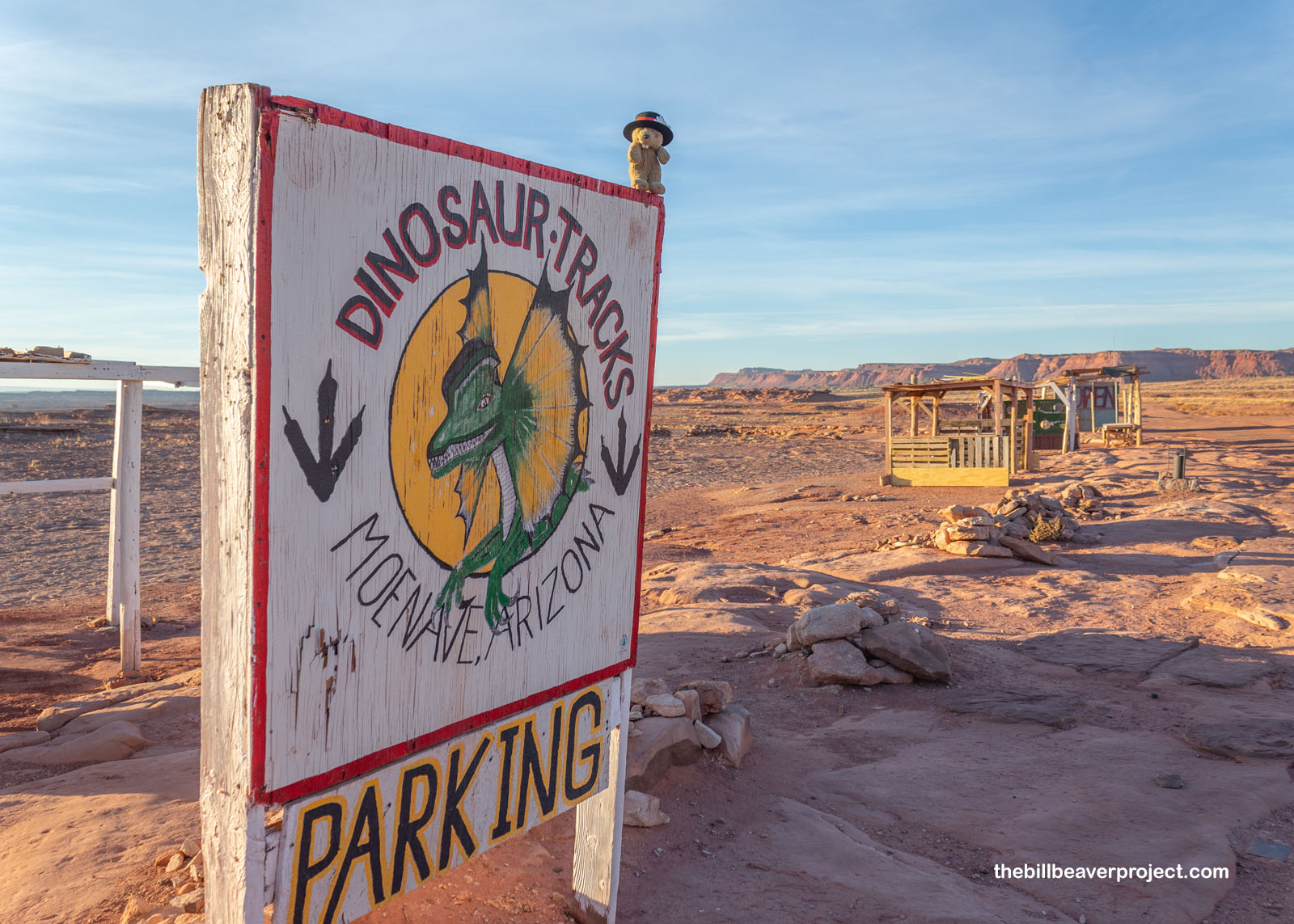
Posted on 08/31/2024 4:13:23 PM PDT by nickcarraway
A group of scientists, led by paleontologist Louis L. Jacobs, an Emeritus Professor President of the Institute for the Study of Earth and Man at the Southern Methodist University Campus in Dallas, Texas, have made a significant discovery. The scientists found matching dinosaur footprints on two separate continents, South America and Africa.
In Brazil and Cameroon, over 260 footprints were uncovered. These footprints show where dinosaurs once roamed freely on the two continents millions of years ago before South America and Africa drifted apart.
Jacobs explained that the footprints were not only similar in age but also in their geological settings. He added that their shapes were nearly identical.
These footprints, left in mud and silt by ancient rivers and lakes, were found over 3,700 miles (6,000 kilometers) apart. The tracks were made by dinosaurs over 120 million years ago on a massive supercontinent called Gondwana, which had separated from an even larger landmass known as Pangea, according to Jacobs.
Most dinosaur fossils produced by three-toed theropod dinosaurs Jacobs highlighted that one of the last and narrowest links between Africa and South America was in northeastern Brazil. This region, which once connected to what is now the coast of Cameroon along the Gulf of Guinea, allowed animals to move between the two continents.
Grecian Delight supports Greece Jacobs said this narrow stretch was where the continents were still joined, enabling the free movement of species across it.
The majority of the dinosaur footprints were made by three-toed theropod dinosaurs, with a few possibly created by sauropods or ornithischians, explained Diana P. Vineyard, a research associate at SMU and co-author of the study.
The New Mexico Museum of Natural History & Science published the study in print. It serves as a tribute to the late paleontologist Martin Lockley, who focused much of his work on studying dinosaur tracks and footprints.
Africa and South America split 140 million years ago About 140 million years ago, Africa and South America began to separate. This process caused cracks, known as rifts, to form in the Earth’s crust along weak spots. However, as the tectonic plates beneath these continents drifted apart, magma from deep within the Earth rose to the surface.
This magma created a new oceanic crust, gradually pushing the continents further apart. Over time, the South Atlantic Ocean formed, filling the gap between the newly separated continents.
Moreover, evidence of these significant geological events can be seen in the regions where the dinosaur footprints were discovered: the Borborema region in northeastern Brazil and the Koum Basin in northern Cameroon, as reported by the Southern Methodist University.
Moreover, both locations have half-graben basins, which are geological structures formed during the rifting process as the Earth’s crust pulled apart and faults developed.
These basins contain ancient river and lake sediments, where the dinosaur tracks were found. In addition to the footprints, the sediments also hold fossil pollen, dating back to around 120 million years ago.

This seems ... far-fetched.
“This seems ... far-fetched.”
Maybe, but it is absolutely possible.
This is a very cool find. Thank you.


Fiction has to be believable. Reality is not so constrained.

They’re not saying tracks from the same dinosaur, but the same species existed in what’s now South America and Africa, before they drifted apart.
Makes sense to me.
Back then we were only one continent!

https://vividmaps.com/central-pangean-mountains/
With a stance that wide, no wonder they named it the Larry Craigasaruras.
The reptilian ancestor of Bigfoot.
So.... Michelle Obama visited both sides of the Atlantic?
Yeah I could see that.
C’mon man!!
Did anybody warn Tokyo?
What you say makes more sense than my quick read of this article.
Wow. Like finding a frenchman’s footprint in France’s shore and an American’s on a Virginia beach.
Outstanding.
Kind of disappointing then. I was hoping for an epic announcement, one giant leap for three-toed theropods.
Why did the dinosaur cross the continent? To buy a pack of smokes.. which as many here already know, involves the real reason dinosaurs became extinct.
To me, the simplest explanation fitting the facts seems to be that the commonly-accepted timelines of science (i.e., hundred of million of yeara for dinosaur “evolution”, plate tectonics, mountain formation, and so forth) are simply incorrect and need to be reevaluated. The discovery of viable dinosaur tissue, including blood vessels, blood cells, marrow, and ligaments/tendons, within fossils is yet another piece of evidence against the commonly-accepted timelines.
Three-toed theropod dinosaurs (extinct) should not be confused with three-toed sloths (not extinct). In their day, the dinosaurs were movers and shakers. No one would say that of sloths.
Yeah, that translates to "matched" very well, doesn't it?
/s
Disclaimer: Opinions posted on Free Republic are those of the individual posters and do not necessarily represent the opinion of Free Republic or its management. All materials posted herein are protected by copyright law and the exemption for fair use of copyrighted works.